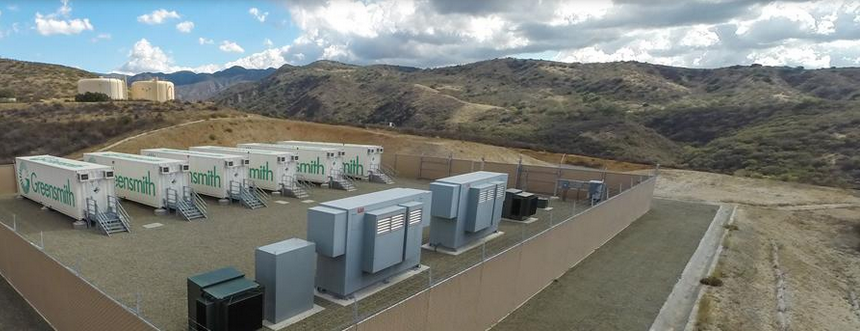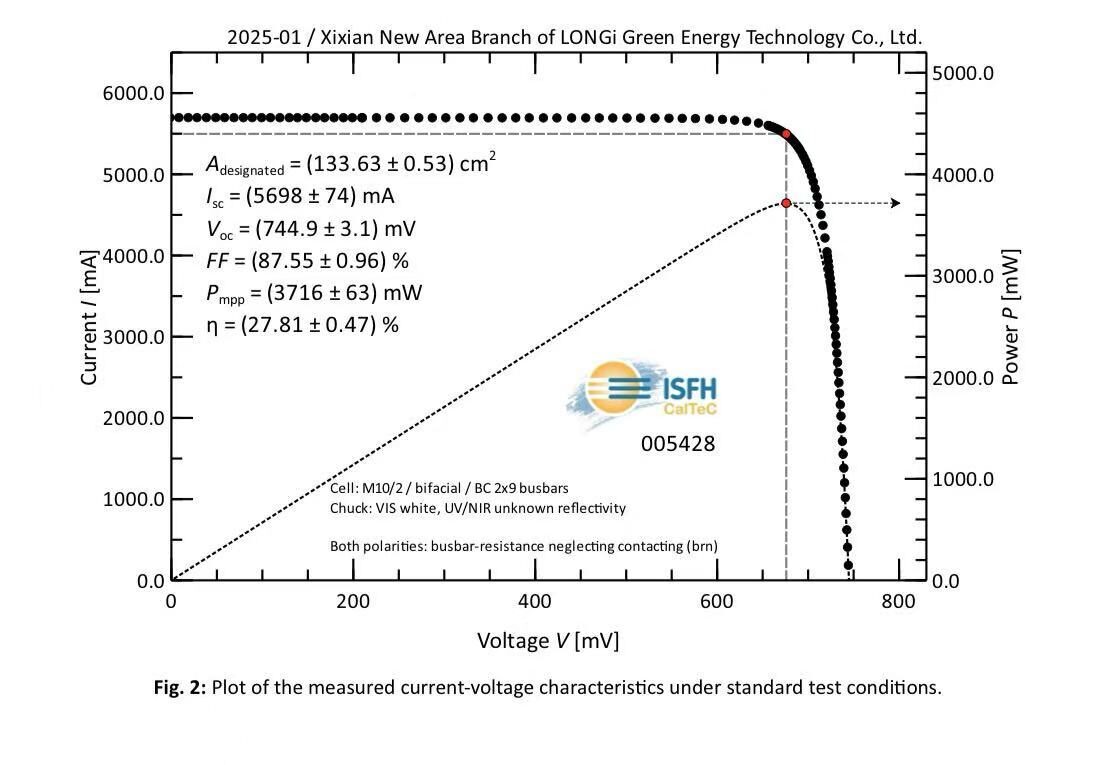In a dynamic storage market, software services and machine learning are playing an increasingly central role.
Greensmith, the U.S. storage specialist, which was taken over by Finland's Wärtsilä in 2017, recently launched a new containerized utility-scale storage solution with its Gridsolv technology. The company says it will work alongside its existing Greensmith Energy Management System (GEMS) platform to protect energy storage investments through robust optimization. The combination of Gridsolv and GEMS allows storage assets to provide frequency control, secondary regulation, or to run on virtual power plant mode.
pv magazine spoke to John Jung, CEO at Greensmith Energy, to discuss both the new technology and the wider storage market.
pv magazine: We have seen record storage installation numbers in the United States, Australia, the United Kingdom and Germany. Other markets are following. Where do you think this strong growth comes from? And where do you see this development going in the next few years?
The energy storage market is still just getting started, but we expect the geographic growth to accelerate. I think there are a couple main reasons for this. For one, energy storage is becoming increasingly important to help strengthen the reliability and flexibility of the grid and integrate more renewable power onto the system. Just in the past year or so, energy storage has been successfully deployed at utility scale, proving its viability as a grid asset. So today, utilities are investing in energy storage to help integrate renewables, participate in energy markets and ensure an uninterrupted energy supply.
And, there’s another important trend at play. Renewables are no longer an incremental component in energy production. Solar, wind and hydro are becoming the world’s main energy sources. Additionally, a few areas that are seeing very strong growth are the Caribbean and Asia. We have a unique island grid solution that is just being commissioned in the Azores, which is appropriate for islands/non-grid tied situations.
Looking at California's bold announcement to go carbon-neutral, what do you think the impact on storage suppliers will be, and what role are they taking in this development?
SB 100 is a major step forward for the clean energy industry, and especially for storage. Our vision at Greensmith Energy is to help our customers and partners attain a 100 percent renewable future. So, the passage of SB 100 fits perfectly with the progress that we’re seeing in our home state of California. But beyond the United States, our industry is facing a critical inflection point when it comes to acknowledging the risks associated with climate change. SB 100 and other legislation and regulations will, I believe, accelerate the adoption of renewables – and storage is a huge component of that new framework. As we navigate this energy transition, storage suppliers will likely have a larger role in the strategic planning process among companies that are looking to understand climate- and technology-driven shifts in demand.
What are the policy and regulatory obstacles that inhibit the full utilization of storage systems? What types of changes would you like to see?
There are so many variables at play that power producers need to think about now, such as global climate policies, emerging clean energy technologies, and fluctuations in economic and regulatory conditions. These factors will have profound implications for our industry. But I don’t see these as obstacles for our industry. Quite the opposite, because we’re looking at the long game. The impact of climate change on the energy business is abundantly evident and it goes without saying that we’re living in a world where we are already confronting significant impacts on the planet and our quality of life. I see regulation and policy mandates as being useful in driving the movement towards long-term responsible and sustainable value. We need to have this dialogue among all stakeholders. And as regulators, policy leaders and companies try to understand how to make our world more resilient in the face of climate change impacts, storage inevitably becomes a key component in that dialogue.
Greensmith has always counted on innovative software solutions to be coupled with its storage systems. Why is that?
From our perspective, software control systems combined with energy storage is a proven approach for utilities that are integrating renewable energy resources into their power systems. And, you’re right, our focus has always been on the software. Greensmith’s software platform, GEMS, ensures system optimization of both energy storage and generation assets through changes in market conditions and rate structures – effectively “future-proofing” energy storage investments for both power developers and regulated utilities.
As our world moves towards a carbon-neutral future, energy storage has become a critical grid asset that integrates renewable resources into baseload – thereby reducing the need of power producers to rely on fossil fuels. And when you layer software controls on top of storage, the possibilities are nearly endless. With software, utilities and IPPs can leverage machine-learning and sophisticated analytics to manage its power grid in unprecedented ways. And, use energy storage for multiple applications – capacity, market participation or energy smoothing/shifting.
With increasingly falling costs of battery systems and entailing competition, will manufacturers increasingly have to rely on software tools to open new revenue streams?
The simple answer is “yes.” Computing software and data analytics is by far the most efficient way to understand and integrate grid assets and make them work together like an orchestra. GEMS is a proprietary platform (software, hardware and services) for building, monitoring and intelligently operating power plants and energy storage resources, so energy producers can optimize multiple grid assets — lowering costs and maximizing return on investment. Multiple, stacked services make the economics of storage much greater. And GEMS provides a full-suite of applications to monetize energy storage and is proven at running multiple applications or revenue stacking.
What are the software features and hardware specs of the new product?
We’ve developed the GridSolv platform so that it can adapt to DC-coupled solar-and-storage systems, and of course microgrids and multi-megawatt-sized, medium-voltage interconnected utility scale systems. What all this translates to is the fact that our software solution is incredibly versatile and compatible across multiple applications.
An interesting parallel is the transportation industry. The business is designed around the ISO container platform and, we’re working to standardize software and tech functions for energy storage. For example, GridSolv's physical footprint and compliance to ISO standards allows for economical standard and fast shipping across the globe. This is a major factor when energy producers are looking to invest in storage that is adaptable and future-proof. Because GridSolv is fully integrated with all the necessary sub-systems – and full tested and commissioned prior to shipping – it makes site installation very fast, efficient and saves construction costs.
Which markets are you trying to tap into with this new storage system?
In some ways, our geographic pipeline follows solar, so we’re expanding into regions where there is a high penetration of solar capacity. But what’s really driving our business is the opportunity to build on Wärtsilä’s global presence and regional experience. When we announced GridSolv, we talked about the fact that Wärtsilä has been present in many countries has established a significant installed base throughout the world – in fact, 200 locations in more than 80 countries around the world.
So, we’re growing in the United States, where we already deliver one-third of the country’s energy storage, and overseas, in Europe – especially Germany, and in many parts of Africa. We’re also seeing robust opportunities in new geographies, such as Australia, the U.K., and a number of island-orientated countries, such as Singapore. There are more projects in the pipeline.
Thinking ahead, what type of software solution will batteries have to perform to take the spot in the energy transition they deserve?
That’s a great question. I believe we as a leading energy storage provider have proven that software is the essential link on grids that are transitioning to a more renewables-based generation. That’s because power grids today are antiquated – and consist of fragmented, centralized systems. Software brings machine-learning and sophisticated technologies to the grid. Our GEMS platform can operate in a virtual model, which allows for real time detailed simulations of how the power plant works. It includes key ESS characteristics down to the battery cell level.
This intelligence is married with computing technologies, such as artificial neural networks that are used by industries, such as stock trading and social networks that allow for advanced machine learning and predictions. It allows our customers to troubleshoot in a virtual environment without hardware restrictions.
This content is protected by copyright and may not be reused. If you want to cooperate with us and would like to reuse some of our content, please contact: editors@pv-magazine.com.




By submitting this form you agree to pv magazine using your data for the purposes of publishing your comment.
Your personal data will only be disclosed or otherwise transmitted to third parties for the purposes of spam filtering or if this is necessary for technical maintenance of the website. Any other transfer to third parties will not take place unless this is justified on the basis of applicable data protection regulations or if pv magazine is legally obliged to do so.
You may revoke this consent at any time with effect for the future, in which case your personal data will be deleted immediately. Otherwise, your data will be deleted if pv magazine has processed your request or the purpose of data storage is fulfilled.
Further information on data privacy can be found in our Data Protection Policy.